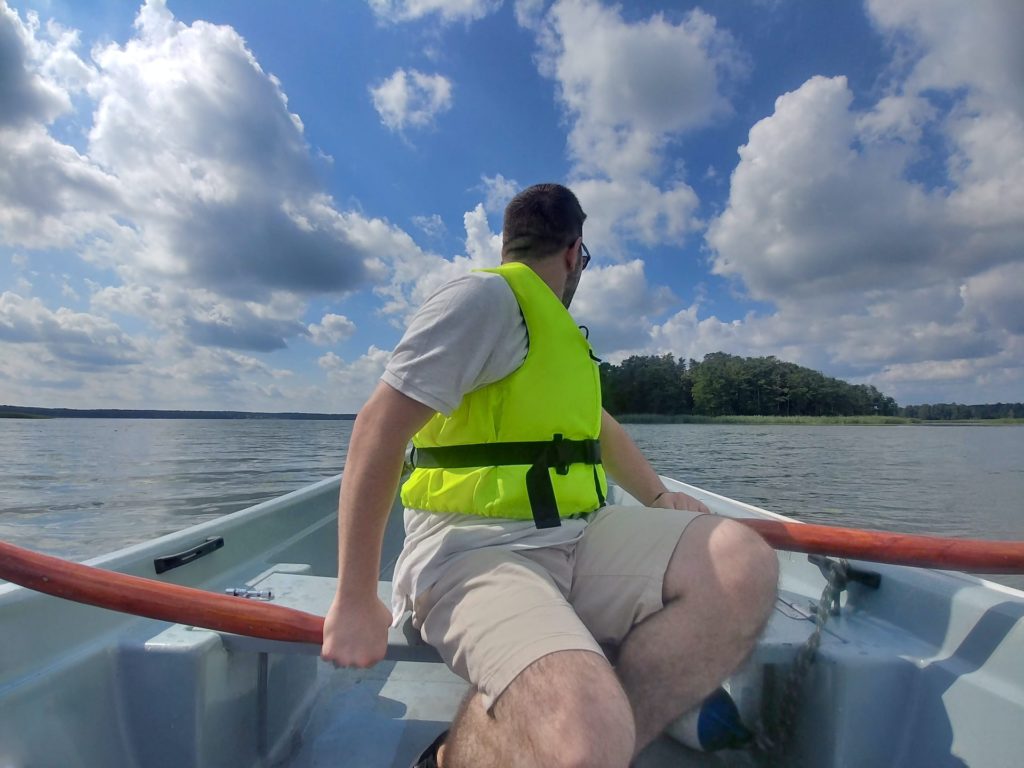Watercraft Safety
Understanding Umbrella Insurance Coverage for Dog Bites: What You Need to Know
Umbrella insurance is a critical component of personal liability protection, offering an additional layer of coverage beyond standard homeowners or renters insurance. One common question that arises is whether umbrella insurance covers dog bites. In this comprehensive guide, we explore the intricacies of umbrella insurance coverage for dog-related incidents, providing valuable insights and information to help you understand your insurance options.
Understanding Umbrella Insurance
Umbrella insurance is designed to provide extended liability coverage beyond the limits of your primary insurance policies, such as homeowners or auto insurance. It kicks in when the limits of those policies are exhausted, offering an extra layer of financial protection against costly lawsuits and claims.
Coverage for Dog Bites
In most cases, umbrella insurance does cover dog bites and related incidents involving your pet. If your dog injures someone or damages their property, umbrella insurance can help cover medical expenses, legal fees, and damages resulting from a liability claim or lawsuit.
Key Points to Consider:
Coverage Limits
- Umbrella insurance typically offers higher coverage limits, ranging from $1 million to $10 million or more, providing ample financial protection in the event of a significant liability claim.
Legal Expenses:
- In addition to covering damages and medical expenses, umbrella insurance can help pay for legal fees associated with defending against a dog bite lawsuit.
Exclusions and Limitations:
- While umbrella insurance generally covers dog bites, it’s essential to review your policy carefully for any exclusions or limitations related to certain breeds or prior incidents. Some insurers may impose restrictions based on the breed or history of aggression of your dog.
Personal Liability Coverage:
- Umbrella insurance extends beyond dog-related incidents to provide broad personal liability coverage for various scenarios, including slip-and-fall accidents, defamation claims, and more.
Risk Management:
- To minimize the risk of dog-related liability claims, it’s crucial to take proactive measures such as proper training, socialization, and supervision of your pet. Additionally, consider investing in a separate animal liability insurance policy for added protection.
- To minimize the risk of dog-related liability claims, it’s crucial to take proactive measures such as proper training, socialization, and supervision of your pet. Additionally, consider investing in a separate animal liability insurance policy for added protection.
Umbrella insurance serves as a valuable safety net for individuals and families, offering enhanced liability coverage and peace of mind. When it comes to dog bites and pet-related incidents, umbrella insurance can provide crucial financial protection against costly lawsuits and claims. By understanding the scope of coverage and potential exclusions, you can make informed decisions to safeguard your assets and mitigate liability risks associated with pet ownership.

We will find the best business insurance tailored to your needs. Read more…
Related Posts
Get a Right Insurance For You
SHARE THIS ARTICLE
We will compare quotes from trusted carriers for you and provide you with the best offer.
Protecting your future with us
Whatever your needs, give us a call, have you been told you can’t insure your risk, been turned down, or simply unhappy with your current insurance? Since 1995 we’ve been providing coverage to our customers, and helping people across United States.














